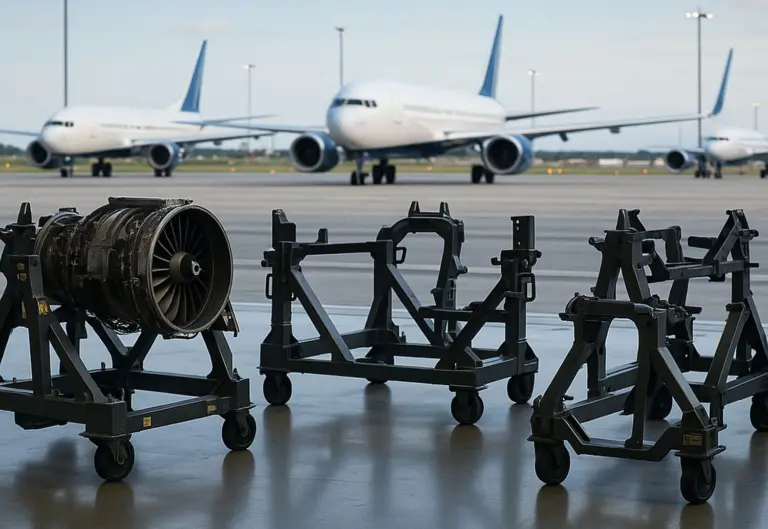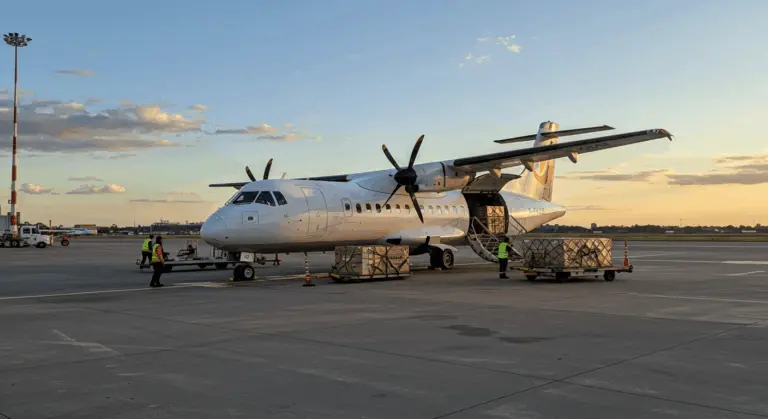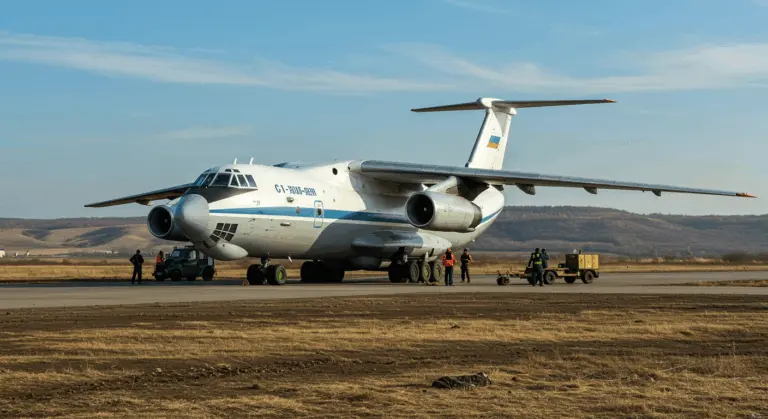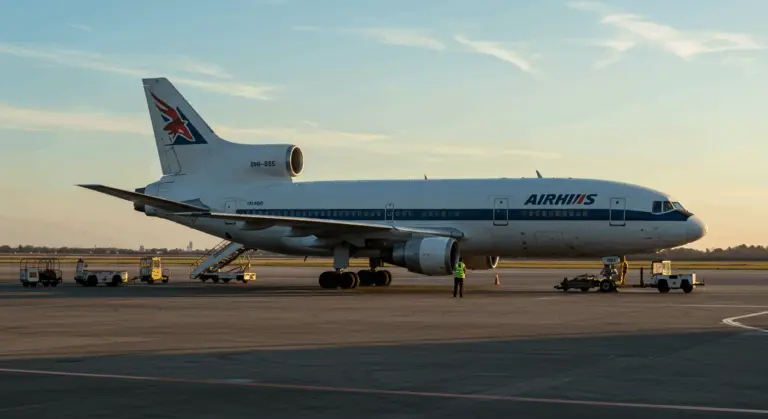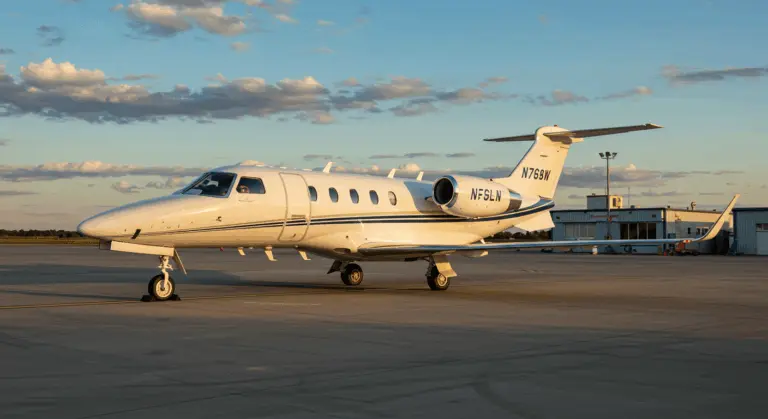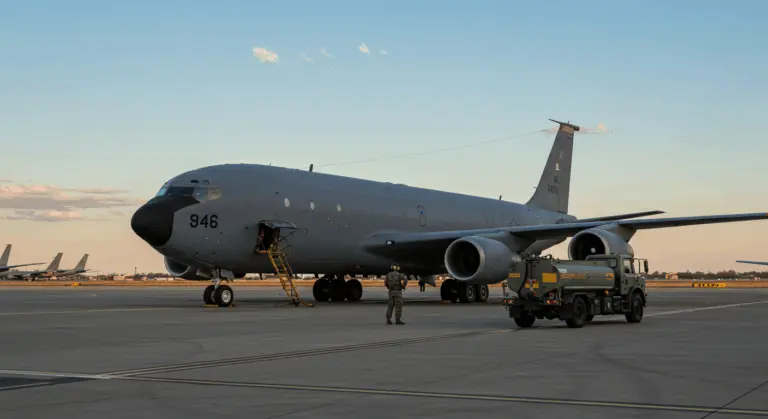Overview of the Tupolev Tu-154
The Tupolev Tu-154 stands as one of the most significant aircraft in Soviet and Russian aviation history. Emerging from the design offices of the Tupolev Design Bureau in the mid-1960s, this three-engined, medium-range, narrow-body airliner would become the backbone of Soviet civil aviation for decades. Its distinctive configuration—featuring three rear-mounted, low-bypass turbofan engines and wings swept back at a 35° angle—offered an effective combination of performance and reliability that made it indispensable on domestic and regional routes.
The oval-shaped cabin could accommodate anywhere from 128 to 180 passengers depending on configuration. This flexibility made the aircraft remarkably versatile for various route demands.
For nearly five decades, the Tu-154 served as the workhorse for Aeroflot and other carriers throughout the Soviet Union and later Russia. It dominated domestic routes well into the 2000s, until more modern, fuel-efficient Western aircraft finally displaced it from commercial service.
Development History of the Tu-154
Development began in the mid-1960s to replace an aging fleet that included the Tu-104, An-10, and Il-18. The Soviet Union required a reliable medium-range airliner—one capable of operating in harsh conditions while delivering improved passenger comfort and operational economics.
Under the leadership of the Tupolev Design Bureau, engineers designed an aircraft that featured several innovative elements for its time. The Tu-154 took to the skies for its maiden flight on October 4, 1968. This marked the beginning of an extensive testing and certification program that would span several years.
Development continued beyond the initial introduction. Tupolev engineers continuously refined the design, addressing operational challenges and enhancing performance. This iterative approach spawned multiple variants with progressively enhanced capabilities, allowing the Tu-154 to remain competitive for decades despite changing aviation requirements and emerging Western competition.
Design Features of the Tupolev Tu-154
The Tupolev Tu-154’s design features several notable characteristics that defined both its operational capabilities and unmistakable appearance. Its conventional tubular fuselage with a forward-set cockpit provides excellent visibility for the flight crew, while the low-mounted swept wings deliver efficient cruise performance at high speeds. Most recognizable, however, is the aircraft’s high T-tail configuration and the three rear-mounted turbofan engines—two mounted on either side of the vertical stabilizer and one integrated at the base of the tail section.
The cabin featured a six-abreast seating layout typical of narrow-body airliners, though with a notably lower ceiling than many Western contemporaries. This design reflected Soviet engineering priorities: structural integrity and reliability took priority over passenger amenities.
Later variants, particularly the Tu-154M, brought significant aerodynamic improvements that enhanced both efficiency and handling:
-
Extended wing fairings for improved airflow.
-
Larger elevators for better control authority.
-
Redesigned engine nacelles to reduce drag and fuel consumption.
The aircraft’s robust landing gear system also allowed operations from less-developed airfields, a crucial capability across the Soviet Union’s varied territory.
Variants of the Tupolev Tu-154
Throughout its production history, the Tupolev Tu-154 evolved through several major variants, each introducing improvements in performance, reliability, and operational capabilities. The initial Tu-154 established the basic design. The Tu-154A then brought refinements based on early operational experience, including upgraded avionics and systems improvements to enhance reliability.
The Tu-154B series represented a significant evolutionary leap. Both the Tu-154B-1 and Tu-154B-2 introduced structural reinforcements, increased fuel capacity, and enhanced passenger comfort features. The Tu-154B-2 became particularly widespread, serving as the standard configuration for many years. For cargo operations, Tupolev developed the Tu-154S—a dedicated freighter variant with a reinforced floor and specialized cargo handling systems.
Perhaps the most significant advancement came with the Tu-154M, which featured more fuel-efficient Soviet D-30KU-154 engines, aerodynamic refinements, and updated avionics. These improvements substantially enhanced range while reducing operating costs. Specialized versions included:
Several proposed variants never reached production but demonstrated Tupolev’s ongoing development efforts:
-
Tu-156: A planned conversion to natural gas engines.
-
Tu-174: A stretched version with increased passenger capacity.
-
Tu-194: A shortened variant for lower-density routes.
Performance and Specifications
The Tupolev Tu-154, particularly in its widely-operated Tu-154B-2 variant, offered strong performance characteristics that made it ideally suited for medium-range operations across the Soviet Union and beyond. Measuring 48.0 meters in length, with a wingspan of 37.55 meters and height of 11.4 meters, the aircraft commanded a substantial presence on airport aprons. Its wing area of 201.45 square meters provided the necessary lift for operations from a variety of airfields.
Performance-wise, the Tu-154 could reach a maximum cruising speed of approximately 913 km/h (568 mph). This made it one of the faster commercial airliners of its era. The aircraft offered a range of up to 5,280 kilometers (3,280 miles) with a standard passenger load, enabling it to connect most major cities within the Soviet Union and reach neighboring countries without refueling. Its service ceiling of 12,100 meters (39,700 feet) allowed it to fly above most weather disturbances, improving both comfort and reliability.
The three rear-mounted engines generated considerable power, delivering excellent takeoff performance even from high-altitude or hot-weather airports. This power, combined with the aircraft’s robust landing gear, enabled the Tu-154 to operate from less-developed airfields—a significant advantage in regions with limited infrastructure.
Safety Record and Incidents
The Tupolev Tu-154’s safety record shows mixed results throughout its operational history. Between 1973 and 2011, the aircraft experienced 73 accidents and incidents involving fatalities, with an average survival rate of approximately 31.3% in these fatal events. This record reflects both the aircraft’s extensive operational history and the challenging conditions in which it often operated.
Several high-profile accidents shaped public perception of the Tu-154, including:
-
2010 Polish Air Force crash: The crash near Smolensk killed 96 people, including Poland’s president.
-
2001 Aeroflot crash: An accident in Irkutsk resulted in 145 fatalities.
-
2016 Black Sea crash: A Russian military Tu-154 crashed with no survivors, including members of the Alexandro Ensemble.
While some accidents resulted from mechanical failures, many were attributed to operational factors. These included challenging weather conditions, infrastructure limitations, and varying maintenance standards. The aircraft’s high operational costs and aging fleet also contributed to its gradual retirement from commercial service by the 2010s.
Operators of the Tupolev Tu-154
Aeroflot was the Tu-154’s primary operator, deploying hundreds across its vast network. At its service peak, the aircraft carried approximately half of all passengers flown by the Soviet national carrier—evidence of its central role in Soviet aviation.
Beyond Aeroflot, the Tu-154 was operated by many other airlines:
-
Eastern Bloc carriers: LOT Polish Airlines, CSA Czechoslovak Airlines, Male Hungarian Airlines, TAROT, and Balkan Bulgarian Airlines.
-
Post-Soviet carriers: S7 Airlines, Tear, and Cuckoo Aviation Enterprise.
The aircraft also served in government and military roles for countries including Russia, Poland, China, and North Korea. By the 2010s, most commercial operators had retired their fleets. Today, only a handful remain in limited government or military service, marking the end of its widespread commercial presence.
Cultural Impact and Legacy
The Tupolev Tu-154 went beyond simple transport to become a powerful cultural symbol of Soviet and Russian aviation prowess. For generations of travelers across the Eastern Bloc and beyond, the distinctive silhouette and interior of the Tu-154 represented their connection to the wider world. It enabled family reunions, business opportunities, and cultural exchanges that would otherwise have been impossible during the Cold War era.
The aircraft reflected Soviet design philosophy to aviation design—emphasizing durability, operational versatility, and performance over luxury. Its ability to operate reliably in the harsh conditions found across the vast Soviet territory earned it respect among aviation professionals worldwide. Western observers sometimes criticized its fuel efficiency and noise levels, yet pilots and crew who operated it developed deep loyalty, praising its responsive handling characteristics and dependable systems.
In post-Soviet Russia, the Tu-154 became a nostalgic reminder of a previous era, representing both technological achievement and the complex legacy of Soviet engineering philosophy. Its gradual disappearance from commercial service marked a symbolic transition as Russia increasingly integrated with global aviation standards and practices.

